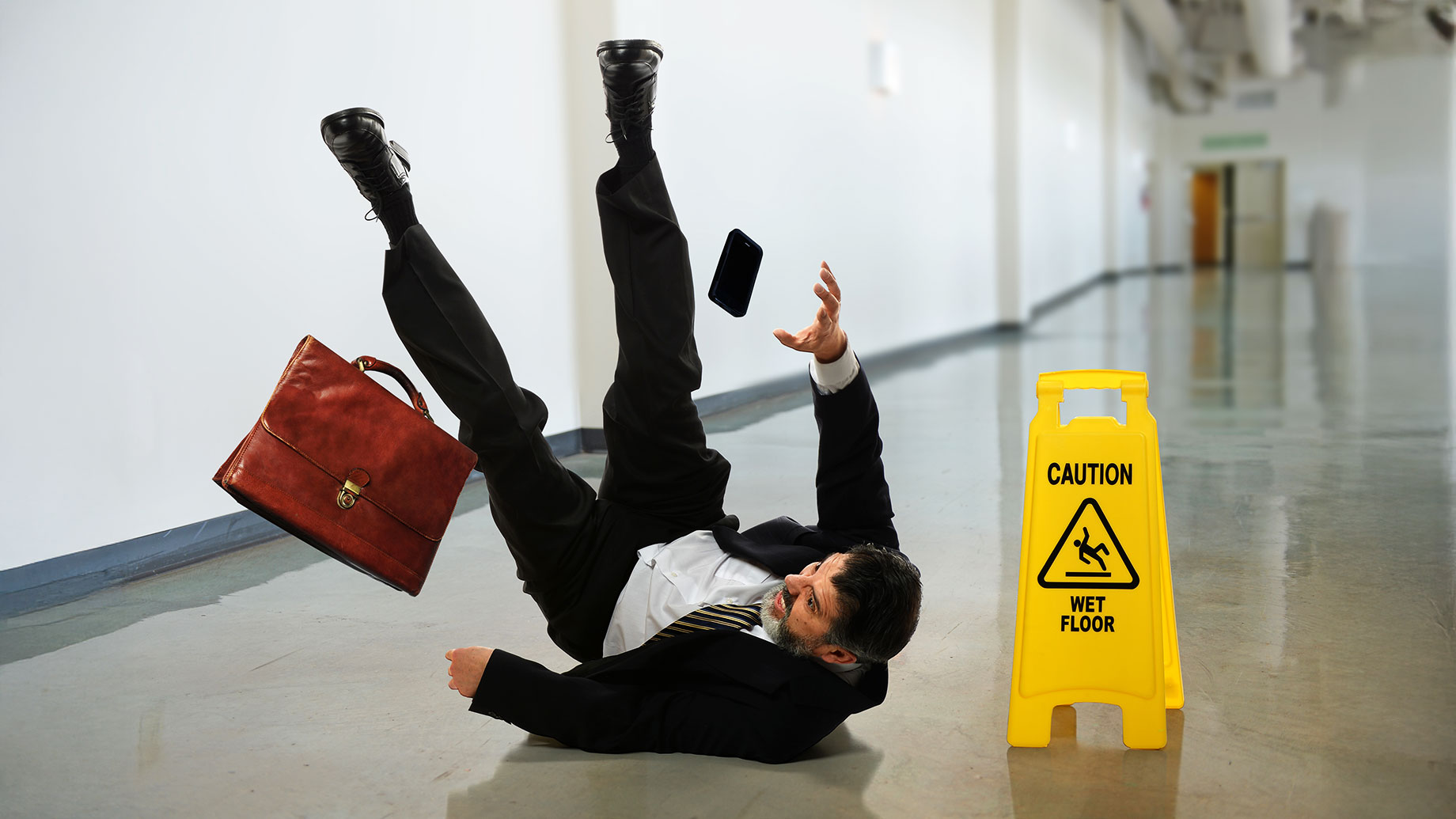
In the legal world, liability means being legally responsible for something. In the case of a slip and fall, it comes down to whether the property owner acted reasonably to keep their premises safe. Not every fall is automatically the owner’s fault. What matters is whether they could have prevented it.
You’re not trying to show that the floor was slippery or that the lighting was bad. You’re trying to show that they knew or should have known about a risk and didn’t deal with it properly. That’s the heart of the matter.
The law expects action, not perfection. And so if someone is injured because the owner didn’t take action, that’s when a duty of care might have been breached. And that’s where your case begins. A premises liability lawyer at Morris Bart Law Firm can take up your case and help you prove all the necessary elements to win your case.
Elements to Be Proven in a Premises Liability Claim
The following are the elements that you would need to establish for your premise liability to be considered valid and worth compensation:
Duty of Care
Every property owner, whether they’re running a shop, leasing out a building, or managing a hotel, has a legal responsibility known as the duty of care. This means they’re expected to take reasonable steps to make sure their property is safe for anyone who is legally allowed to be there.
Now, that doesn’t mean the property has to be flawless. But it does mean hazards shouldn’t be ignored. Hazards in this case could be spills, loose tiles, faulty lighting, cracked footpaths, uneven surfaces, anything that poses a risk of injury. If something dangerous exists, the owner needs to either fix it within a reasonable time or warn people properly until it’s fixed.
Again, like we mentioned earlier, the law doesn’t expect perfection. It expects reasonableness. If a spill just happened a moment ago, and the staff genuinely didn’t have time to address it, that’s not a breach. If it’s been sitting there for 30 minutes with employees walking past it, that’s a different story entirely.
Breach of care
A breach of care happens when a property owner fails to do their job in keeping their property safe. This means they didn’t fix something dangerous or warn people about it, even though they had enough time to do so.
For example, if there’s a wet spot on the floor that the owner knows about but doesn’t clean up or put a warning sign by, that’s a breach of care. Or if there’s a broken step that the owner has ignored, that’s another example.
To prove a breach, you need to show that the owner knew about the hazard or should have known and didn’t do anything to fix it. This could include things like photos of the danger or statements from people who saw it.
Causation
Causation in a slip and fall case is about proving that the property owner’s actions (or lack of action) directly caused your injury. To show causation, you need to connect the dangerous condition (like a wet floor or broken stair) to your fall.
For example, if you slip on a wet floor because the store didn’t clean it up or put up a warning sign, the wet floor caused your injury. The property owner is responsible because they allowed that dangerous condition to exist.
Damages
When you’re injured in a slip and fall, damages refer to the money you can get to compensate for your injury. There are a few types of damages you may receive.
Economic damages cover the actual costs of the injury, like medical bills and lost wages from missing work or school because of the injury.
Non-economic damages are for things that don’t have a set price, like pain and suffering, emotional distress, and how the injury affects your daily life. For example, if you can’t do activities you used to enjoy, that would fall under non-economic damages.
In some cases, you might get punitive damages. These are meant to punish the property owner if they were really careless, like if they knew about a dangerous condition and didn’t fix it.
Conclusion
Not every fall means someone was negligent. But when a property owner fails to fix or warn about a hazard they knew, or should have known, was dangerous, and someone gets hurt, that’s not just bad luck. That was something that could have been prevented if they weren’t negligent.
And if it’s you who got hurt, you have every right to hold them accountable. A good lawyer can help you pull all this together. But even before you reach out for legal support, understanding the mechanics of liability, what it means, how it’s proven, and what makes a case strong puts you in a far better position to take action.